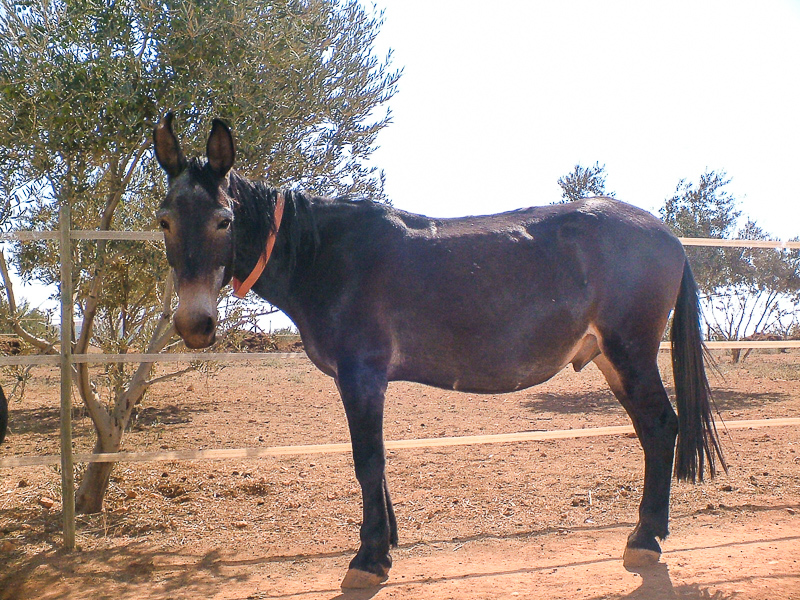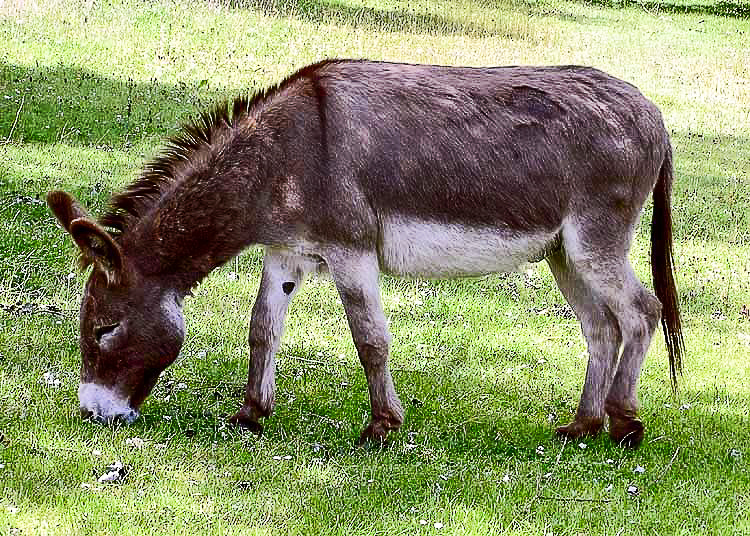

Diccionario de la lengua espanola definicion de mula full#
Based on that work, an abridged version was published in 1780, the full title of which was Diccionario de la lengua castellana compuesto por la Real Academia Española, reducido á un tomo para su más fácil uso ( Dictionary of the Castilian tongue composed by the Royal Spanish Academy, reduced to one volume for its easier use). The first dictionary was the six-volume Diccionario de Autoridades ( Dictionary of Authorities) from 1726 to 1739. See the section Criticism below for examples. However, after refusing to change some definitions, they were ultimately changed. : 126–127 ĭespite this policy, in the 21st century the Academy has responded to criticism about definitions considered to be derogatory or racist such as trapacero ("swindler") for gitano ("gypsy") by saying that the Dictionary tries to reflect actual usage, and that nothing is changed by removing the definition from the dictionary, education must be used to eradicate inappropriate usages. In 1995 it was still expected to "establish and spread the criteria of propriety and correctness".

The RAE's original motto of limpia, fija y da esplendor (clean, stabilise, and give splendour ) was in more recent times modified to unifica, limpia y fija (unify, clean, and stabilise). It will be used to distinguish foreign words, phrases and constructions from our own, the outdated from the current, the low and rustic from the courtly and elevated, burlesque from seriousness, and, finally, the accurate from the inaccurate. carelessness, and the excessive freedom to innovate. Its first statutes said in 1715 that the Academy's purpose was to: : 125Ĭultivate and stabilise the purity and elegance of the Castilian Spanish language, removing all the errors in words, modes of speech, and syntax that have ben introduced by ignorance, vain affectation. When the RAE was founded in 1713, one of its primary objectives was to compile an authoritative Castilian Spanish dictionary.


 0 kommentar(er)
0 kommentar(er)
